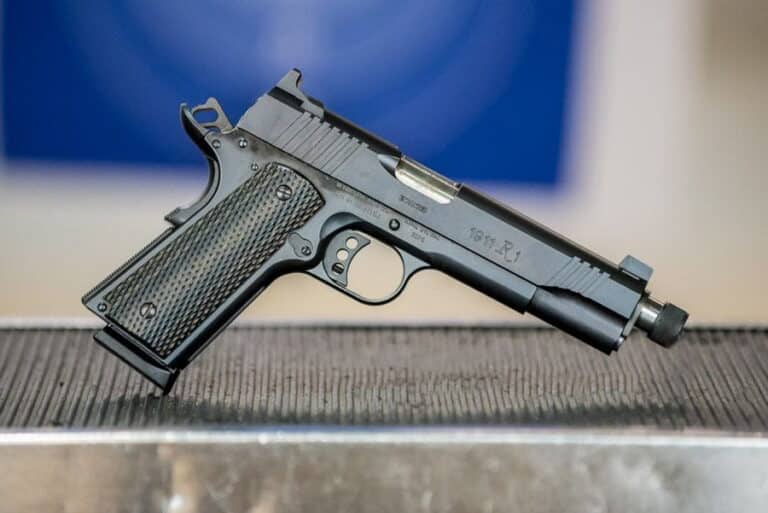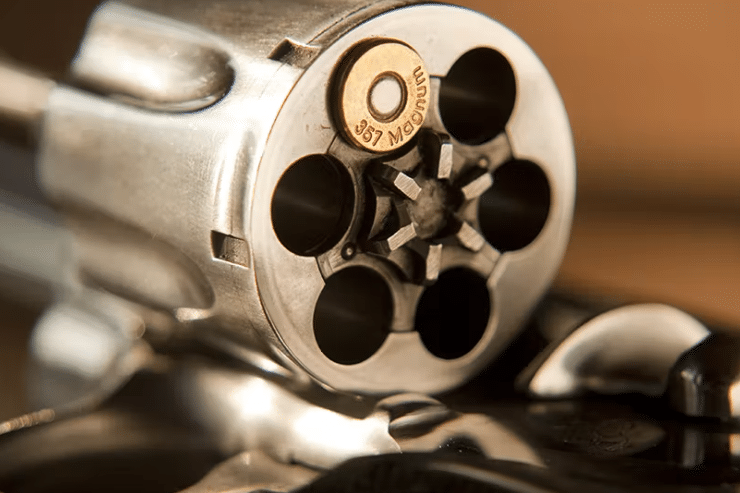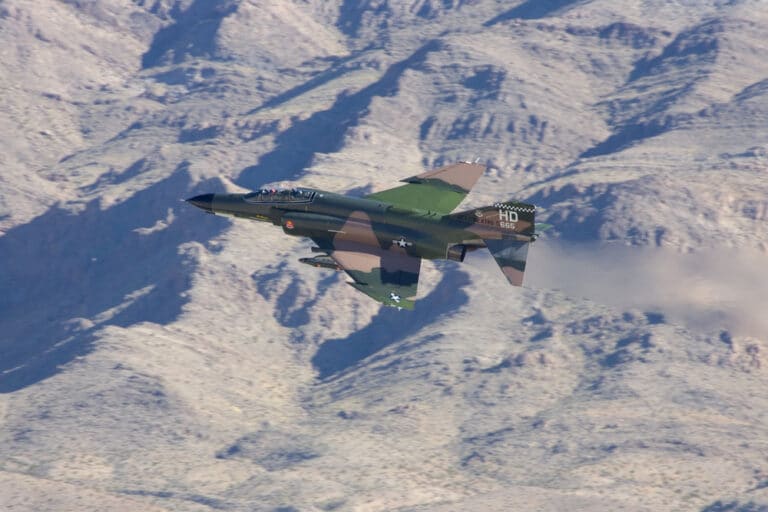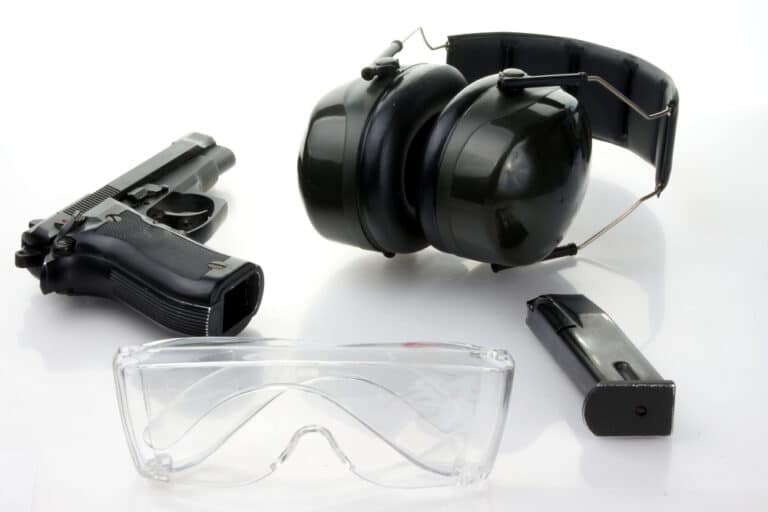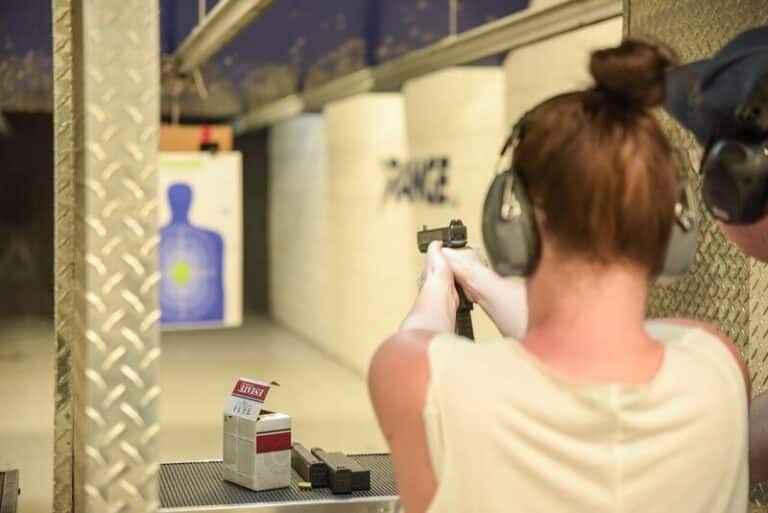4 Common Handgun Malfunctions and How to Troubleshoot Them
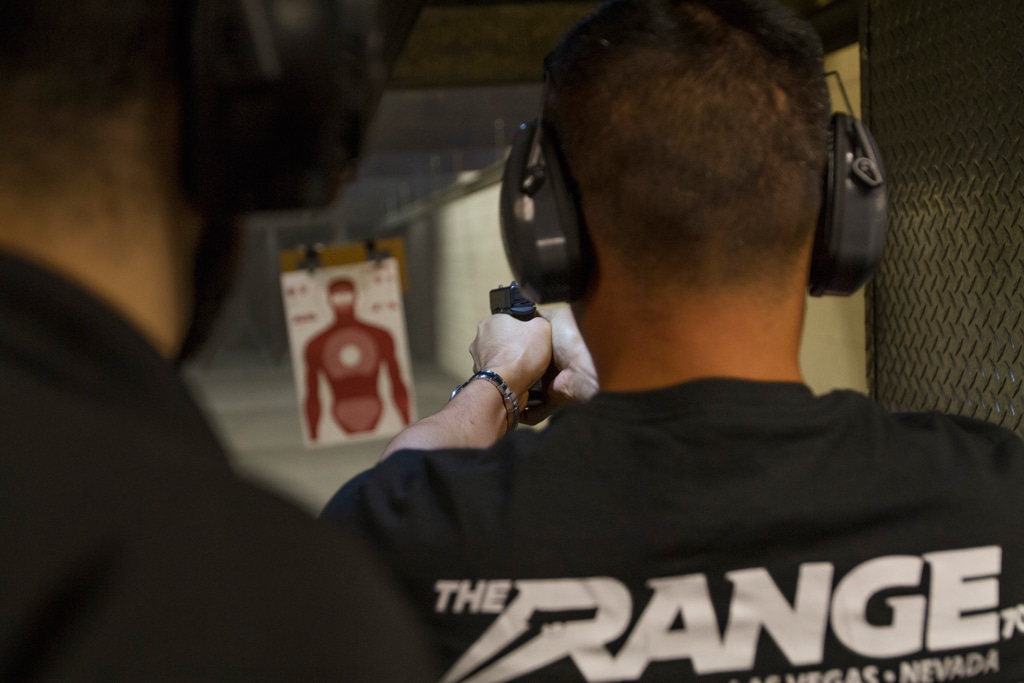
Take a piece of equipment that contains moving parts, intricate components, extremely tight tolerances – then subject that equipment to a rapid series of 35,000 psi explosions. That is essentially what happens when a handgun shooter works their way through a magazine full of rounds.
While today’s modern guns are incredibly reliable, made to exacting tolerances and built using technologically advanced materials, Shooters are bound to come across an occasional malfunction. Part of being a safe and competent shooter is having a clear understanding of the types of malfunctions that can occur, how to troubleshoot them, and how to address them safely.
FAILURE TO FIRE
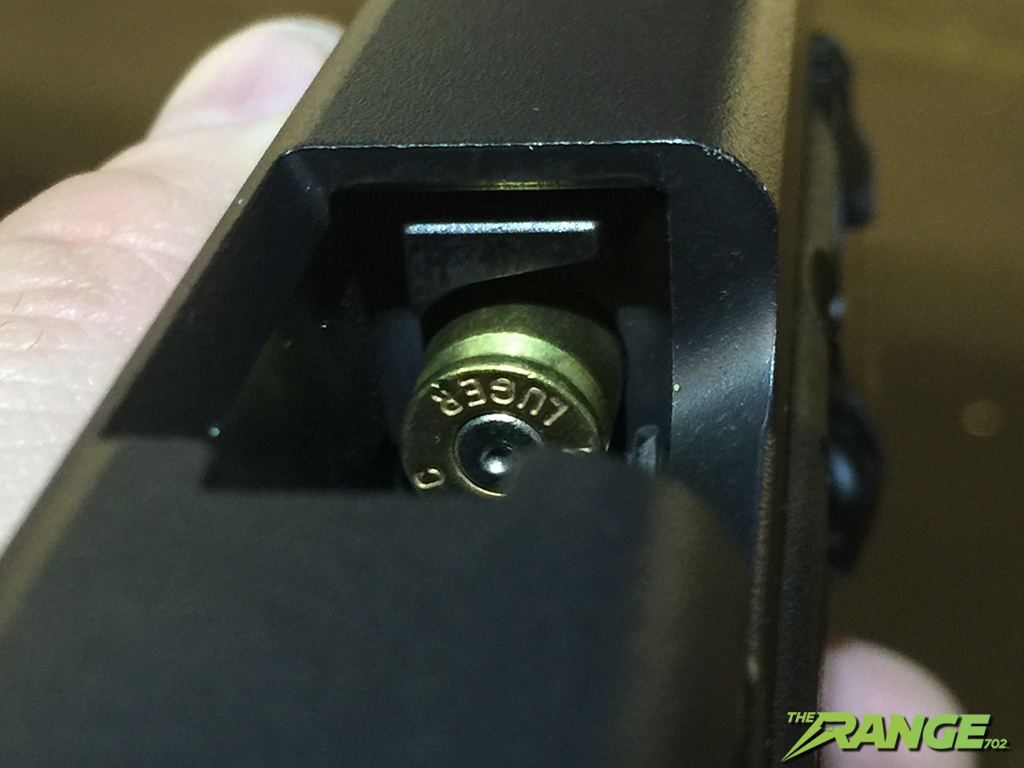
Shooters may not come across this issue too frequently these days, as the quality of ammunition has improved to the point where misfires are almost a thing of the past. Those shooting rim fire rounds may come across this every once in a while as that type of primer is slightly less reliable than the traditional center fire primer, but the handgun shooter who experiences a dud round must approach the situation very cautiously.
First, in a non-defensive situation, keep the gun pointed down range for at least a minute to avoid a hangfire – where the round does not fire immediately. Once a minute has elapsed there is little risk of the defective cartridge discharging. If you’re in a defensive situation, you’ll want to clear the unfired cartridge as quickly as possible using the “Tap-Rack-Bang” method (slap the bottom of the magazine to make sure it’s seated properly, rack the slide with force to eject the round, and get back on target and fire immediately). Next, remove the round from the chamber and completely unload the gun.
You’ll want to inspect the primer on the defective or “un-fired” round to troubleshoot the cause. If there is a well defined indentation on the primer, this usually indicates a faulty round. If there is a shallow mark on the primer, then you suffered a ‘light primer strike’ and it’s an issue with the firing pin not hitting the primer with full force. You’ll want to disassemble the striker or firing pin assembly, clean it, and if that doesn’t help then you’ll likely need to replace the striker spring or hammer spring.
FAILURE TO FEED
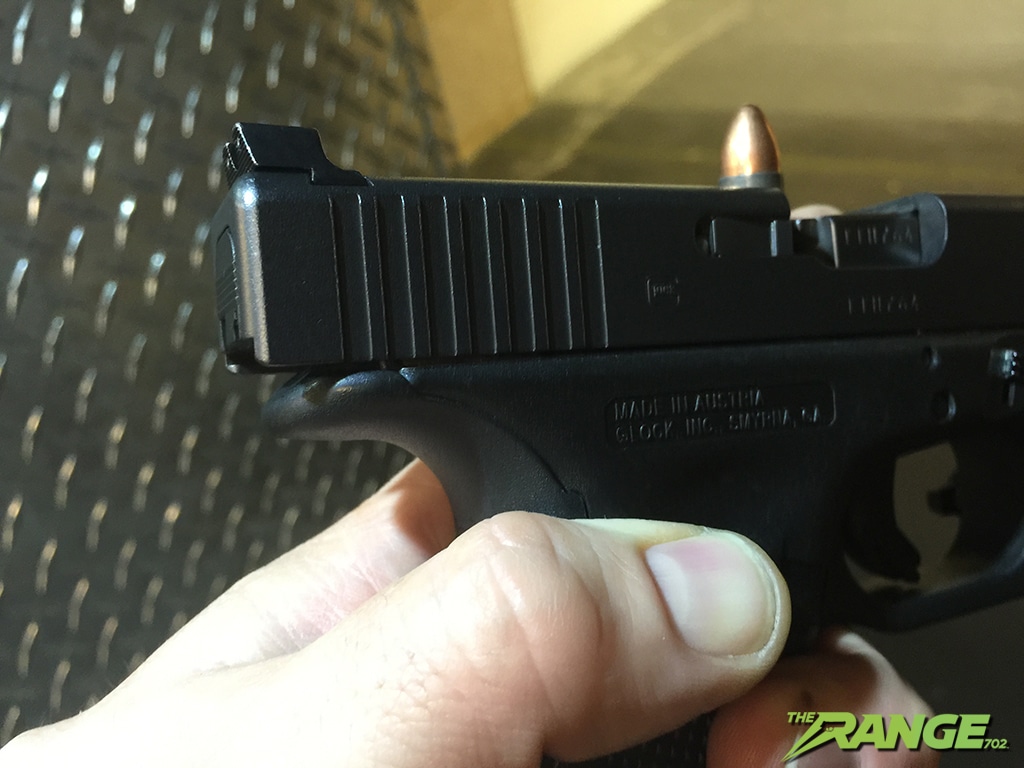
Failure to feed simply means that the cartridge does not make it all the way in to the chamber. Semi-automatic firearms can experience failure to feed issues due to the following:
- Damaged Magazines
- Weak Magazine Springs
- Dirt or Grease accumulation in or around the chamber
- improperly seated magazines
- damaged or faulty cartridges
If you experience this issue, remove the magazine from the gun and clear the chamber completely. Check your magazine – the majority of failures to feed are magazine issues. Common failure points are the feed lips (metal tabs that hold the top round in place) and springs. Re-insert the magazine and attempt to chamber a round. If you continue to experience failures to feed, and have confirmed that the magazine and gun are mechanically sound, there may be one other probable cause.
User error – unintentionally interfering with the operation of the slide. This is usually only seen in novice shooters, and can occur in a couple of ways. The first is on initial loading of the gun, when an operator does not fully retract the slide before letting it go forward. The second is “limp-wristing” the gun while shooting, which captures some of the energy of the recoil in the shooter’s wrist instead of the slide, which prevents it from going back far enough to catch the next round in the magazine.
FAILURE TO EXTRACT
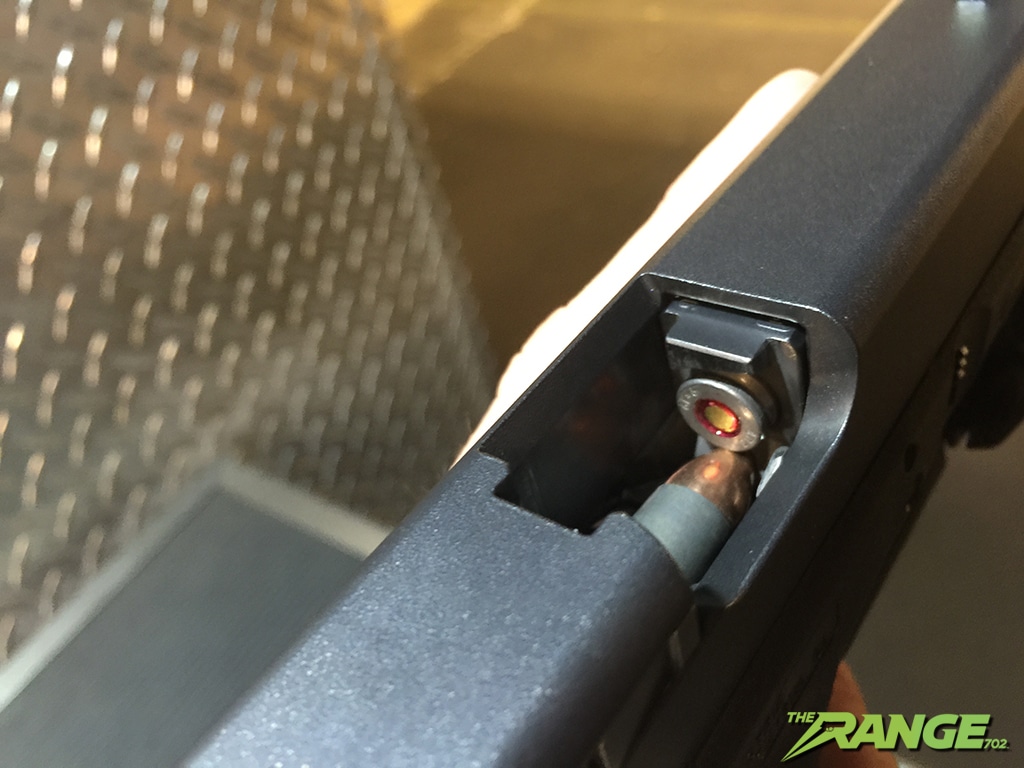
This malfunction is caused by a mechanical issue with the firearm, or out of spec ammunition. Failure to extract refers to the firearm’s inability to remove the spent cartridge from the chamber, and the subsequent double feeding of a new round from the magazine.
A failure to extract is often caused by a damaged or excessively dirty extractor, a failed extractor spring, or ammunition that is out of SAAMI spec for it’s caliber and type. Extractors are essentially a lever with a lip that closes over the bottom edge of a casing, and the extractor spring holds tension so that when a slide retracts, the extractor lip pulls the edge of the casing out of the chamber. If the lip is excessively dirty and clogged with debris, it may not be able to grab the edge of the casing. If the extractor spring is worn out, it won’t be able to apply enough force to the extractor to hold on to the casing. Finally, if the ammunition is out of spec, with a smaller than normal bottom edge, or thicker than normal bottom edge, the extractor claw won’t be able to effectively “grab” it.
To clear a failure to extract malfunction, first, remove the magazine from the gun and clear out any un-fired rounds if you had a double-feed. Then, rack the slide 2-3 times as hard as you can. This will extract and eject most casings from the chamber. If it does not, you can use a cleaning rod or anything long enough to reach down the barrel to push the spent cartridge out of the chamber from the front of the gun. Before attempting to shoot again, you should clean your chamber and extractor. If your extractor is visibly damaged or you can easily move it, then you’ll want to get a gunsmith to replace the extractor and / or spring before attempting to shoot again. If you suspect the malfunction was caused by out of spec ammunition, do not use any more rounds from that lot or box until you’ve contacted the manufacturer and verified it’s safe to do so.
FAILURE TO EJECT
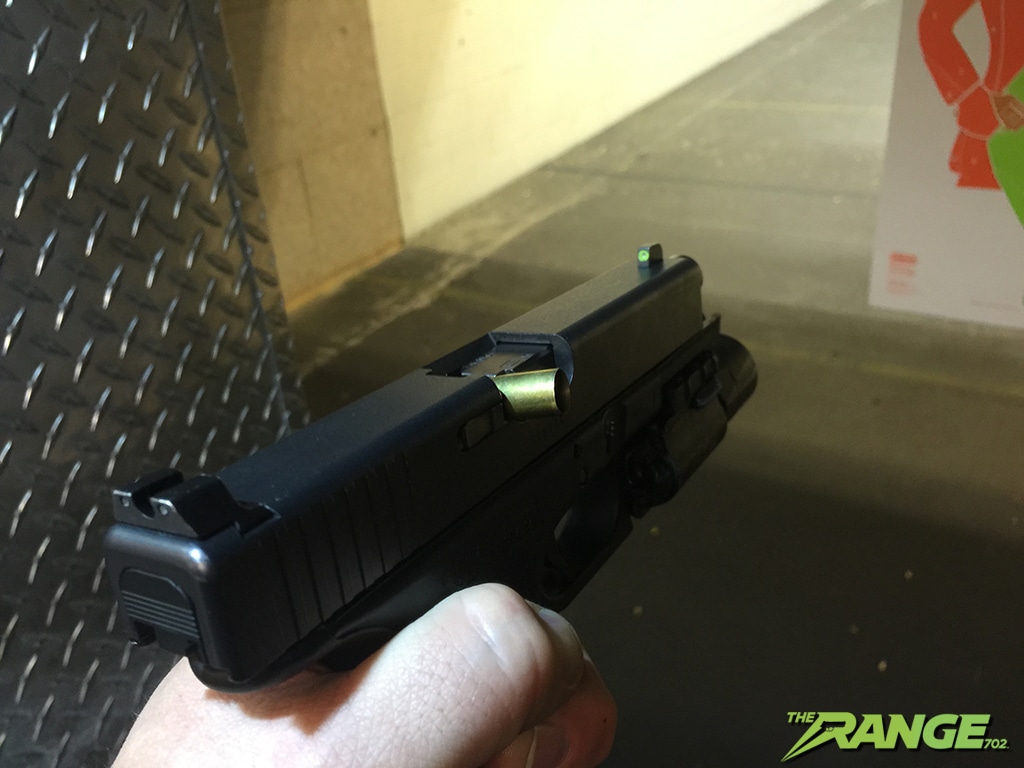
A dirty gun or a corroded chamber can lead to failures to eject, as can the lack of a firm grip on the part of the shooter. If this situation does occur, you’ll want to do what is called the “Tap Rack Bang” drill.
First, tap the magazine to ensure that it is fully seated. Next, rotate the pistol slightly so that the ejection port is at an angle to the ground, then rack the slide firmly. This will hopefully eject the spent cartridge and allow a new one to enter the chamber. The “bang” part comes from pulling the trigger while the gun is safely aimed downrange.
This malfunction is also commonly referred to as a “stovepipe”. This occurs when the spent cartridge is often trapped in the ejection port sticking straight up in the air.
Whether you are an inexperienced shooter or a seasoned pro, it is likely that you will come across one or more of these common gun malfunctions throughout your shooting career. Make sure that you know how to safely assess, troubleshoot, and clear any of the malfunctions listed above before you head to the range.
Get 1:1 Firearm Training At The Range 702
If you’re interested in increasing your proficiency with a handgun, practicing how to clear the above malfunctions, or qualifying for your Concealed Carry permit – check out our firearm training classes. We offer 1 on 1 instruction specifically designed for new or intermediate shooters, by certified firearms instructors. Book your class today!

